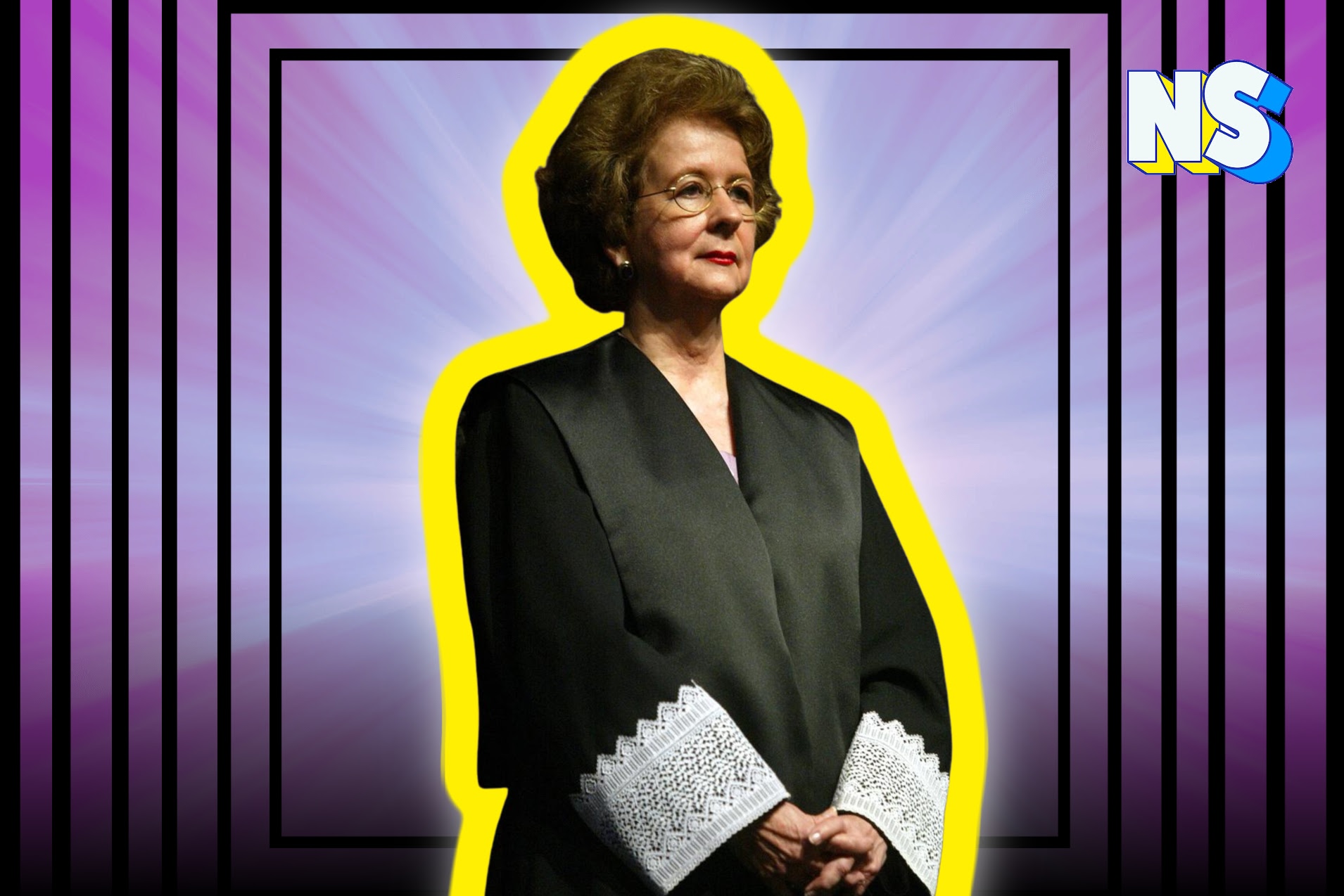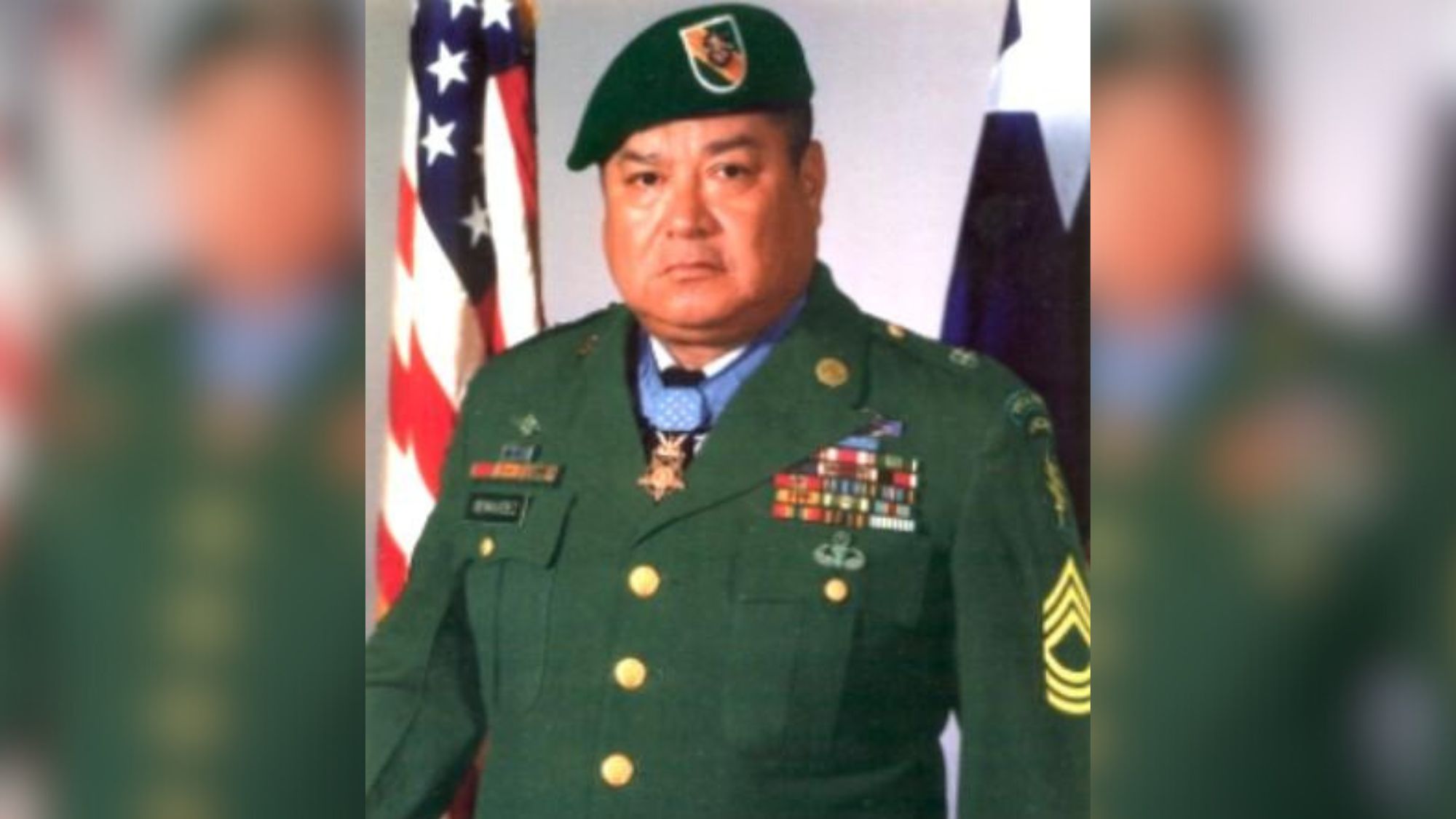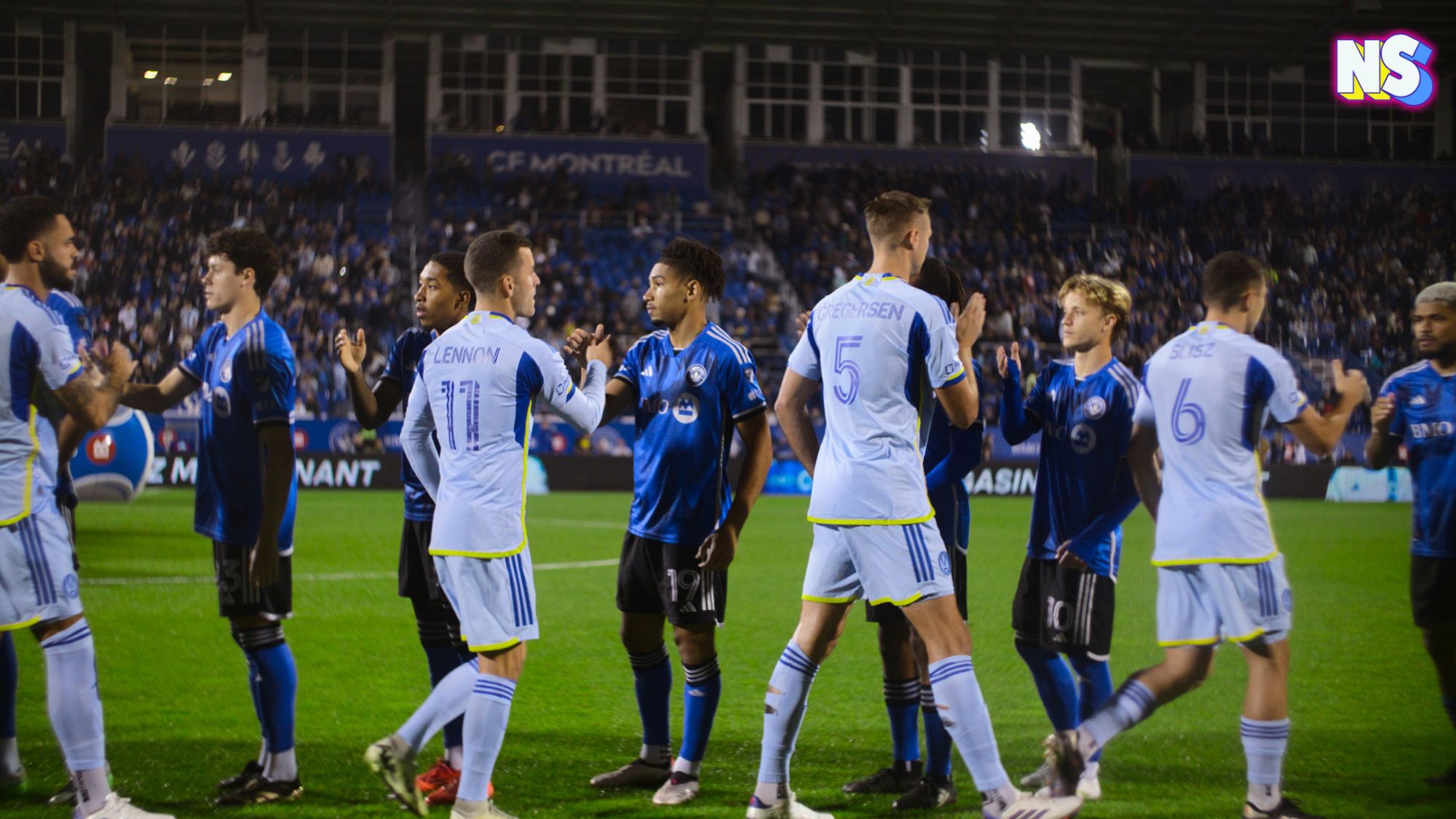Image courtesy of Nuestro Stories.
Very few Latinas – 15 in total from 1900 until today – have argued before the United States Supreme Court and these have been mostly as government and public interest attorneys. Sadly, the opportunity to litigate as a Latina before the Court has not improved – even with Puerto Rican Sonia Sotomayor becoming, in 2009, the first Latina to sit on the Supreme Court.
Yet, the highest court in the land is still a no-go area for most Latinas in the legal profession.
Prior to Sotomayor, it was another Puerto Rican who achieved the milestone of being the first Latina to break through that legal glass ceiling. Miriam Naveira Merly was Puerto Rico’s Solicitor-General – the first woman to occupy the office – when in 1975 she argued before the U.S. Supreme Court.
Read more: Sonia Sotomayor: First Latina Justice To Serve on the Supreme Court
Naveira Merly was made of firsts. She was the first woman to serve in Puerto Rico’s Supreme Court and the Court’s first woman Chief Justice in 2003, where she served until 2004. She was known as a pragmatic and moderate jurist and paved the way for generations of Latinas as jurists both in her native Puerto Rico and in the U.S.
A year after Naveira Merly argued before the Court, the next Latina to do so was Vilma Martinez, the first Mexican-American to appear before the Supreme Court. Naveira Merly opened the doors through which, hopefully, many more would go through.
But by the 1980s, only six Latinas had litigated before the high court, and sadly, the 1990s only brought one known appearance by a Latina before the high court. From 2000 to 2009, four Latinas have argued before the Supreme Court.
Why is the Presence of Latinas at the Supreme Court So Important?
According to the 2019 U.S. Census Bureau population estimate, there are nearly 60.5 million Hispanics living in the U.S. This represents 18.4 percent of the total U.S. population. They need representation in the highest court in the federal judiciary of the U.S.
There is no other court in the land where advocacy can achieve as far-reaching an influence. It has ultimate appellate jurisdiction over all U.S. federal court cases, as well as over state court cases that involve a point of federal law.
It is supposed to be the most trusted branch of government. The court’s rulings will bear down hard on Latinos and other people of color. That is why it is imperative to have a Latino presence before the Supreme Court and why trailblazers such as Naveira Merly are so important.
https://nuestrostories.com/wp-content/uploads/2022/06/4lx6w5-250×250.jpg





